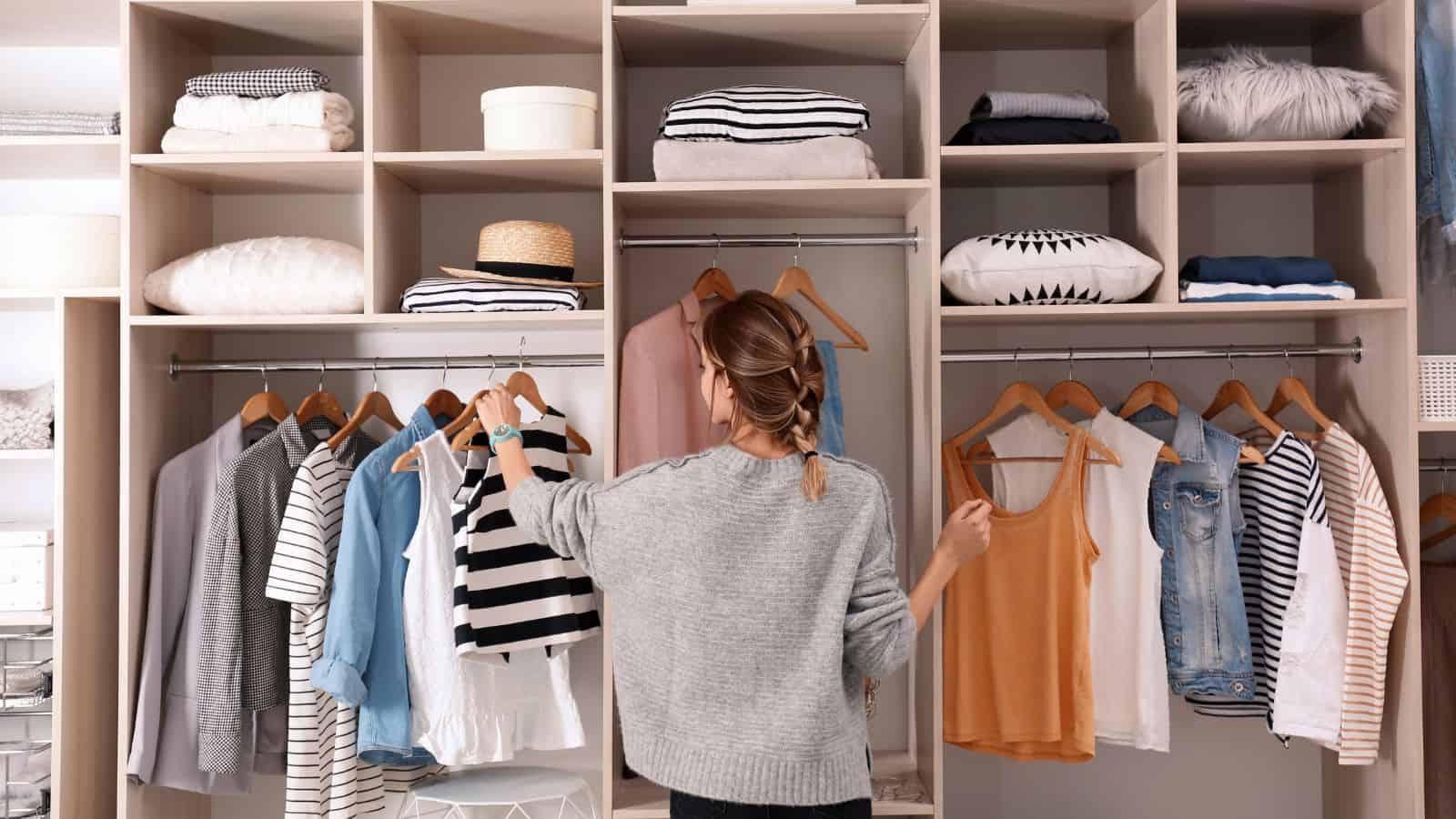Clutter can be overwhelming and can make your living space feel chaotic. Tackling your clutter with simple decluttering projects can transform your home into a more organized and peaceful environment. Small changes can lead to significant improvements, allowing you to reclaim your space and reduce stress.

You don’t need to undertake massive renovations to create a tidy home. By focusing on manageable tasks, such as organizing your closet or clearing out a drawer, you can make a noticeable difference quickly. These projects not only provide instant gratification but also encourage a habit of regular decluttering.
Whether you’re looking to downsize or simply want a more functional space, implementing straightforward decluttering strategies will bring clarity to your home. Embrace the process and discover how easily you can create a more enjoyable living environment.
Strategizing Your Decluttering Approach
Creating a structured plan for decluttering can significantly improve your results. By setting clear goals, exploring various methods, and scheduling your sessions, you can streamline the process and maintain motivation.
Setting Realistic Goals
Begin by defining specific and achievable goals. Aiming for broad objectives, like “make the house tidy,” can be overwhelming. Instead, set clear targets such as “clear out one closet this weekend.”
Write down your goals and place them where you can see them. This keeps your focus sharp and reminds you of the progress you aim to make. Assess what success looks like for you. Maybe it means having a clutter-free space or simplifying your belongings to make room for what truly matters.
Decluttering Methods Overview
There are several effective methods you can use when decluttering your space. Each method can cater to different preferences and situations. Here are three popular approaches:
- The Marie Kondo Method: Focuses on keeping items that “spark joy.” Assess each item individually and ask if it brings you happiness.
- The Four-Box Method: Use four designated boxes labeled: Keep, Donate, Trash, and Unsure. As you go through items, place each one in the appropriate box.
- The 30-Day Rule: If you haven’t used an item in 30 days, consider letting it go. This helps identify items that may be unnecessary.
Choosing a method based on your personality and lifestyle can promote long-term success.
Scheduling Your Decluttering Sessions
Consistency is key to an effective decluttering process. Designate specific times for decluttering sessions in your calendar. Start small by committing to 15-30 minutes a day or an hour on weekends.
Break large projects into manageable chunks. Tackle one area, like a drawer or a shelf, at a time to avoid burnout. Setting a timer can create a sense of urgency, making the task feel less daunting.
Use a timer to track your focused sessions. You’ll likely find that, once you start, you might want to continue beyond the set time. Planning regular sessions establishes a routine, making decluttering a habit rather than an overwhelming chore.
Executing Your Decluttering Plan
Creating a decluttering plan is essential for tackling clutter effectively. Implementing a structured approach helps you clear your space while maintaining focus. Here are key strategies to ensure a successful decluttering process.
Room-by-Room Strategies
Start your decluttering journey by focusing on one room at a time. This method prevents overwhelming feelings and allows for targeted decluttering efforts.
1. Prioritize Spaces:
- Identify areas that require immediate attention, like high-traffic zones.
- Focus on bedrooms, kitchens, or living rooms where clutter accumulates quickly.
2. Set a Timer:
- Work in short bursts of 15-30 minutes.
- Take breaks to prevent burnout.
By concentrating on one room, you can see immediate results, which motivates you to continue. Each completed space reinforces your progress and provides a sense of accomplishment.
Sorting and Categorizing Items
Sorting is crucial in the decluttering process. As you go through items, categorize them to make decisions easier.
1. Establish Categories:
- Keep: Items you use regularly.
- Donate: Things in good condition that you no longer need.
- Recycle or Trash: Broken or unusable items.
2. The Four-Box Method:
- Label four boxes: Keep, Donate, Trash, and Relocate.
- As you sort, place items in the appropriate boxes.
This systematic approach helps you evaluate each item’s importance. You’ll gain a clearer perspective on what to keep and what to let go of.
Disposing of Unwanted Items Responsibly
Disposing of unwanted items is an extension of your sorting efforts. Thoughtful disposal prevents waste and benefits the community.
1. Donation Centers:
- Research local charities or organizations that accept donations.
- Check if they provide pickup services for large items.
2. Recycling Options:
- Identify recyclable materials like paper, plastics, and electronics.
- Locate recycling drop-off locations in your area.
3. Responsible Disposal:
- For items that cannot be donated or recycled, check local waste disposal guidelines.
- Ensure hazardous materials, such as paint or batteries, are disposed of safely.
Taking responsible actions honors your commitment to sustainability and helps those in need.
Organizing Remaining Items
After sorting and disposing, focus on arranging the remaining items effectively. A well-organized space enhances functionality and keeps clutter at bay.
1. Use Storage Solutions:
- Invest in bins, shelving, and organizers tailored to your needs.
- Clearly label storage containers for easy access.
2. Create Groups:
- Organize similar items together to simplify location and retrieval.
- For instance, keep all cooking utensils in one drawer.
3. Maintain Accessibility:
- Place frequently used items within reach.
- Store seasonal or rarely used items higher or out of the way.
Strategic organization not only keeps your space tidy but also simplifies daily routines. By implementing these systems, you can sustain your decluttered environment over time.
